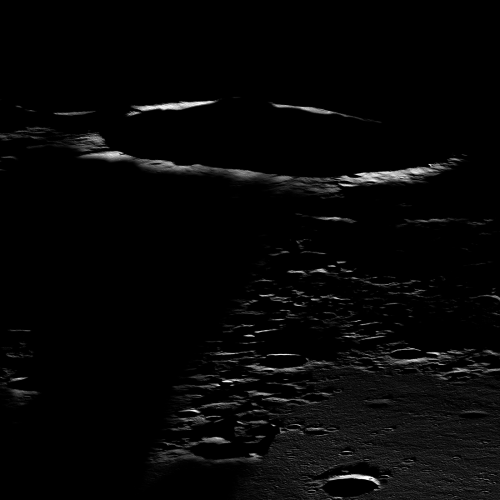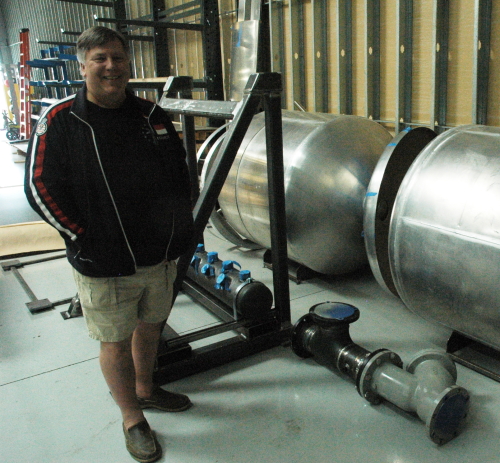Spinlaunch releases video of its 7th test launch
Capitalism in space: Spinlaunch on April 18th released a video providing what it calls “an inside look” at the company’s procedures during its 7th test launch on March 22, 2022.
I have embedded the video below. Note that on this test launch, the projectile was lifted to only about 30,000 feet, which does not qualify it as a suborbital space flight. Still, the video also indicates that their test projectile not only survived the launch’s extremely high accelerations, reaching a speed of 1,200 miles per hour in mere seconds, but once it hit the ground it was in good enough shape to reuse.
The video also reveals one other interesting fact. Their mission control consisted of only two people, significantly less than the mission control staffs used by the commercial rocket companies, which are themselves significantly less that the mission control teams that NASA has used.
» Read more
Capitalism in space: Spinlaunch on April 18th released a video providing what it calls “an inside look” at the company’s procedures during its 7th test launch on March 22, 2022.
I have embedded the video below. Note that on this test launch, the projectile was lifted to only about 30,000 feet, which does not qualify it as a suborbital space flight. Still, the video also indicates that their test projectile not only survived the launch’s extremely high accelerations, reaching a speed of 1,200 miles per hour in mere seconds, but once it hit the ground it was in good enough shape to reuse.
The video also reveals one other interesting fact. Their mission control consisted of only two people, significantly less than the mission control staffs used by the commercial rocket companies, which are themselves significantly less that the mission control teams that NASA has used.
» Read more










